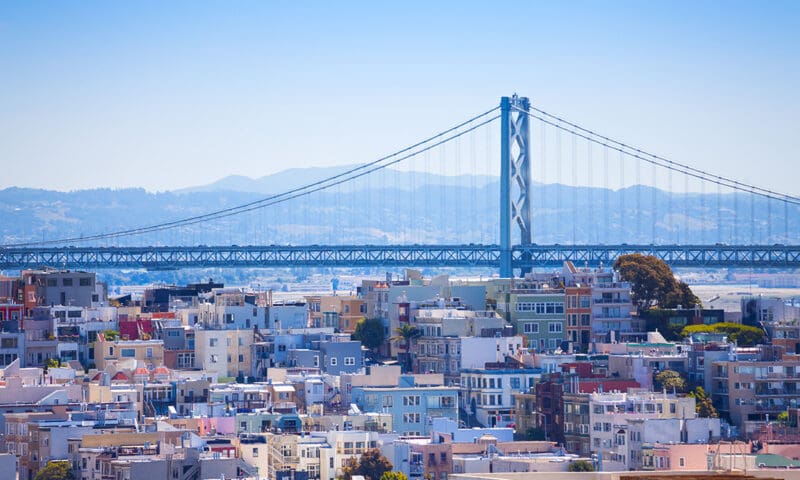

The city’s ‘Right to Organize’ ordinance requires landlords to recognize tenant associations in their buildings.


Deluge of outside funds signals a national strategy for replacing elected officials.
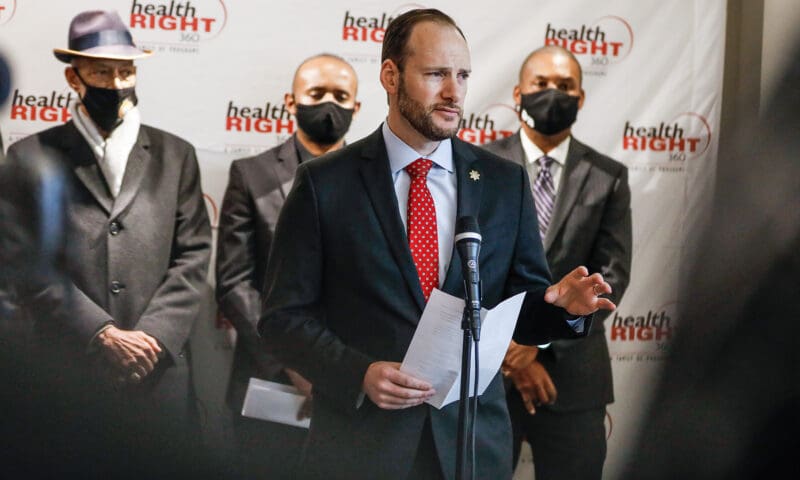

Chesa Boudin became district attorney to reform the criminal justice system. Is he the scapegoat for the city’s woes?
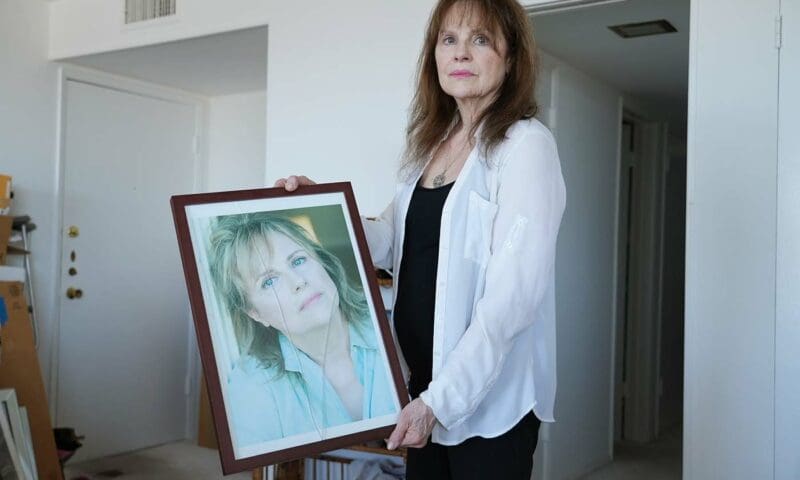
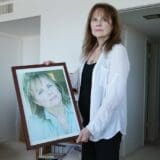
Tenants in Los Angeles and San Francisco claim they are being targeted by their corporate landlord.
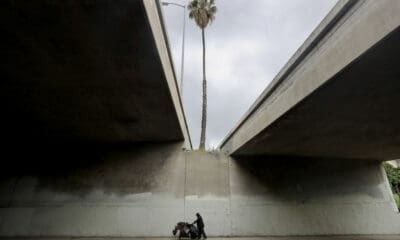

Los Angeles reports that its county’s low-income COVID deaths are triple the number of those of wealthier neighborhoods.
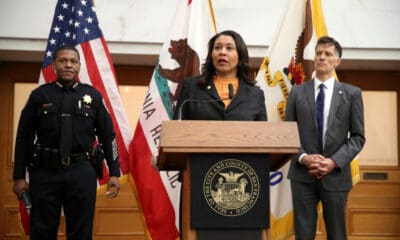

San Francisco’s early lockdown spared it from the brunt of COVID-19, but the city has failed to shelter its homeless during the crisis.
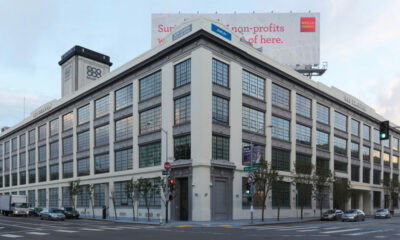

Co-published by Fast Company
As cities struggle to rein in the short-term rental service, a detente in San Francisco may show the way.
It’s hard to imagine now, but there was a time when San Francisco was considered a working-class town. It had always been home to a generous share of bohemians, dilettantes and tycoons, of course – but it had also been the city of unchallenged union power, the general strike and rough-hewn but familial neighborhoods spilling from the Fillmore District to Potrero Hill. It’s where even Jack Kerouac worked as a brakeman for Southern Pacific.
“Anyone who disappears,” says a character in The Picture of Dorian Gray, “is said to be seen at San Francisco. It must be a delightful city and possess all the attractions of the next world.” Generations of Americans in search of reinventing themselves have agreed – along with those simply searching to invent. This latter group of “tech bros, hipsters and yoga yuppies” is the focus of Alexandra Pelosi’s 40-minute documentary, currently viewable on HBO TV and its streaming platforms.
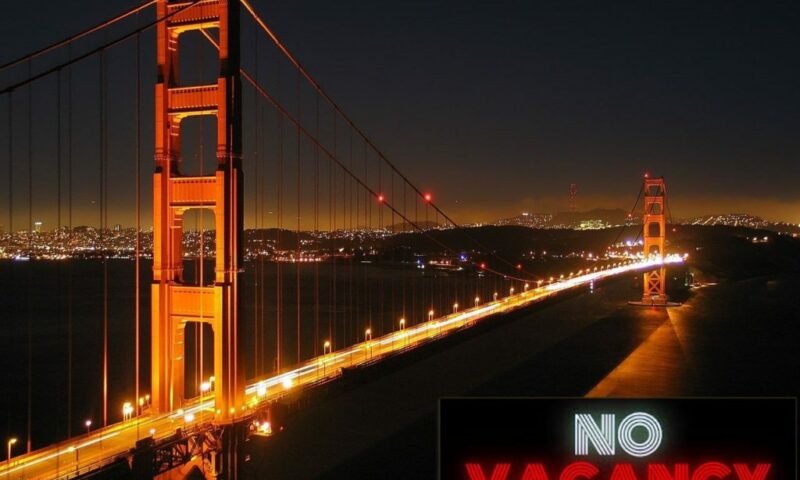
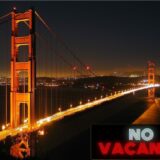
For some people, renting a house or apartment in San Francisco is easy. If your gross pay adds up to $200,000 a year, for example, you might feel fine about sinking a third of this year’s salary into a bright, one-bedroom South Beach loft, or a two-bedroom loft with a view in the Castro District . On less money – say, around $100,000 in take-home pay – you could reasonably afford a Union Square studio, or a 550-square-foot studio for $2,800 in Pacific Heights. Even if you invest no more than a third of your income in rent (the traditionally recommended ceiling), you could live in a one-bedroom apartment in Ingleside, near the San Francisco State University campus. You would have options.
But say you actually work on campus — as a teacher, librarian or groundskeeper. Say you want to go to school there, and not have to commute more than a dozen miles in the morning.
» Read more about: San Francisco Professors and Students Face Staggering Rents »


On the last stop on their road trip through California, Maria Bustillos and Elizabeth Fladung discuss inequality and gentrification in San Francisco, heart of the tech industry and one of the most unequal cities in the country.
This podcast is an encore posting from our State of Inequality series.
Maria Bustillos is a journalist and critic living in Los Angeles.
Elizabeth Fladung is a Brooklyn-based, CalArts-trained photojournalist. Her work has appeared in The Nation, La Repubblica, The Fader and Wax Poetics Magazine.
» Read more about: Podcast: 'Disruptors' and Gentrification »


Elizabeth Fladung’s photos of San Francisco in the midst of the tech boom offer a study in contrasts.
This slideshow is an encore posting from our State of Inequality series.[divider]Elizabeth Fladung is a Brooklyn-based, CalArts-trained photojournalist. Her work has appeared in The Nation, La Repubblica, The Fader and Wax Poetics Magazine.